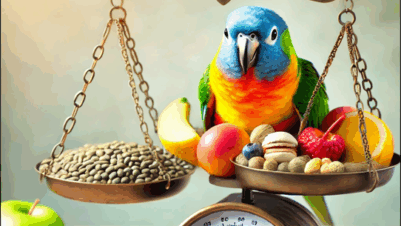Are We Pushing Animals to Their Biological Limits? is an important book edited by Temple Grandin and Martin Whiting, published by CABI in October 2018, which covers a wide range of concerning issues in animal use and abuse. The volume covers animal modification in agriculture through the plight of working equids, selective breeding in dogs and cats and genetic modification of laboratory animals.
My initial thoughts on this book were concerns over the title; so many of the problems that are covered here are because, to my mind, we are taking animals well beyond their biological limits. We genetically modify poultry, for instance, to grow to adult weight in 42 days rather than three or four times that, and then we wonder why broilers die of heart failure with ascites or oedema. Or why they break legs in the last few days of their lives or when caught and taken for “processing”. This is not “to their biological limits”; it is well beyond it.
Though called “genetic improvements”, these modifications mean that broiler breeders have to be starved to ensure that they grow to adult size in a manner that allows them to breed. One does not need to be partly expert in animal welfare to realise that significant food restriction is not an acceptable husbandry practice – and yet it is one endured by millions of birds around the world.

We see horses raced until they die on the racetrack or have to be euthanised shortly afterwards. I grant you many in the know say that the situation is better now than it has been (although a quick summation of the number of horses which died or were euthanised after races in 2018 gives 183 horses and 10 years ago, in 2008, this number was 184). Despite the image on the cover, the excellent chapter on working equids does not evaluate those racehorses, but rather considers what looks to be a far worse situation: mules, donkeys and horses used as pack animals.
In these situations, not only are the equids worked excessively and given poor provision of shelter and food, but they suffer deleterious handling and management practices, such as slitting nostrils, as well as diseases such as epizootic lymphangitis, African horse sickness, equine infectious anaemia, piroplasmosis, trypanosomiasis, glanders and rabies. This chapter will shock anybody who is unaware of the extent of the problem; it ends with an excellent summary of global efforts to improve the welfare of these animals.
We need a similar cross-disciplinary effort to improve the welfare impacts of other areas covered in this brilliant volume – from genetically modified laboratory animals with defects specifically designed to produce disease processes, to pets with brachycephalic defects which are, again, specifically bred for these disorders. The problem here is that people are aiming to push animals beyond their biological limits and the last two chapters, by Stephen May and Bernard Rollin, carefully consider the boundaries of what is ethical in our breeding and management of these animals that fall under our care











